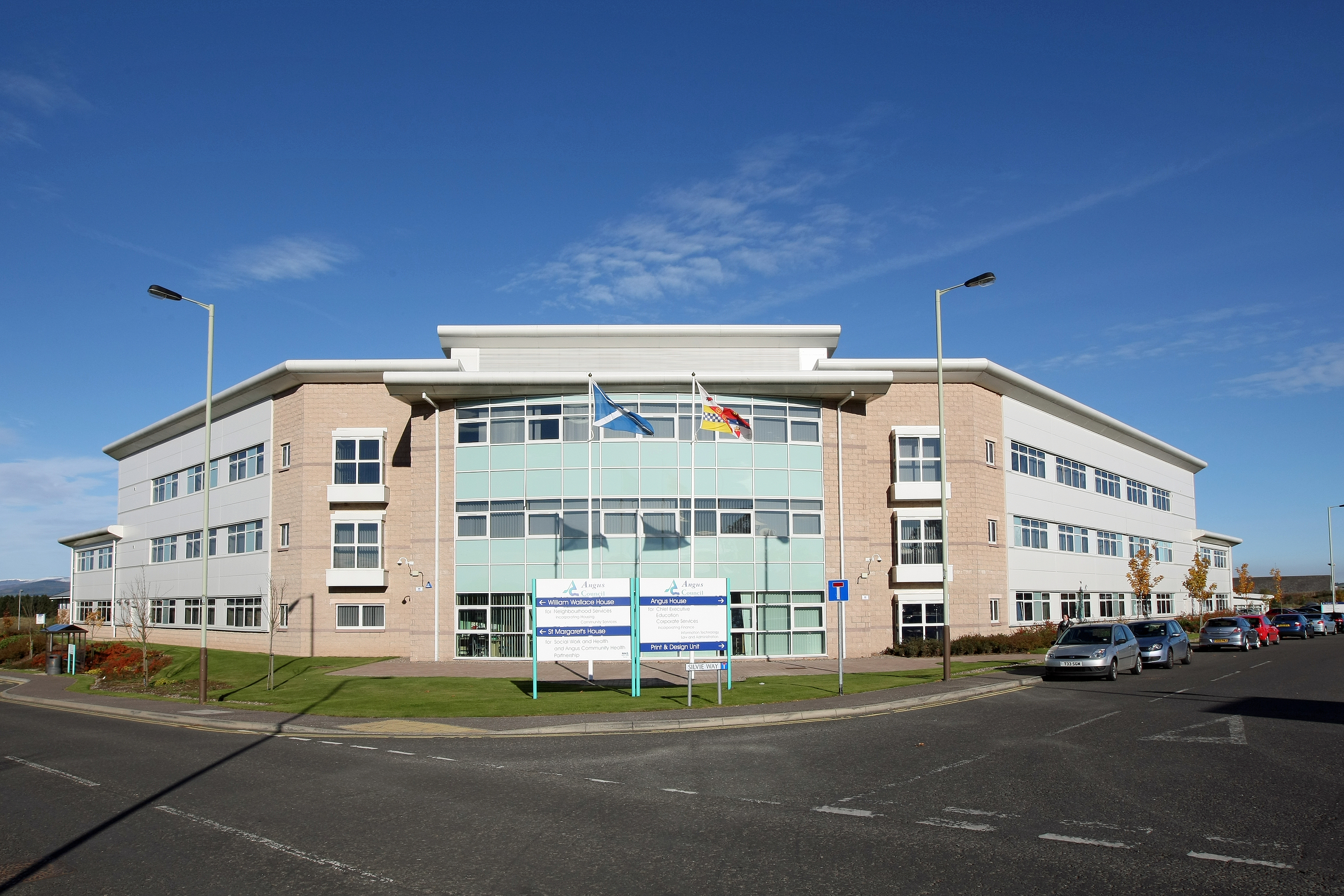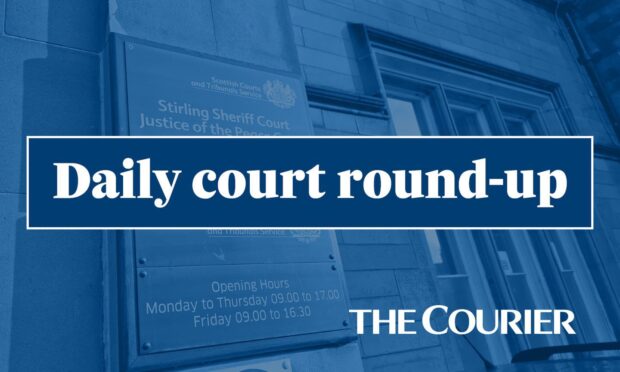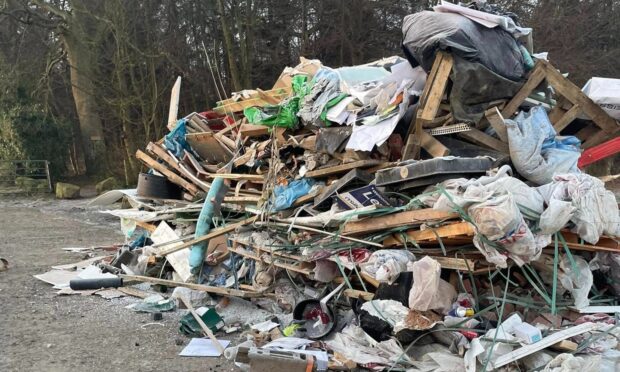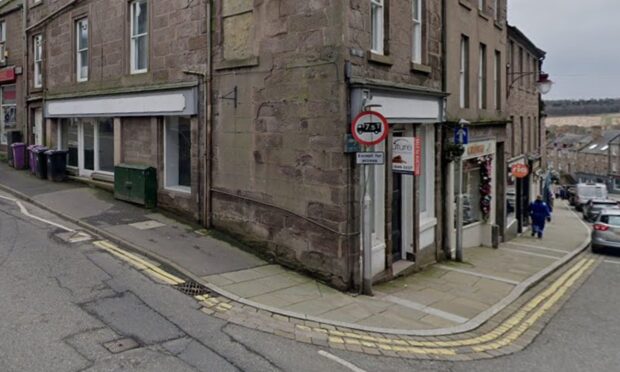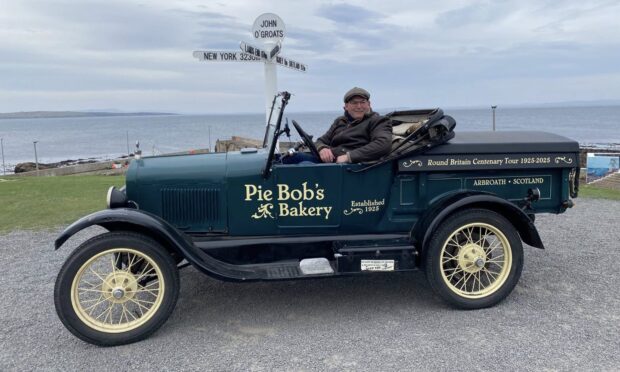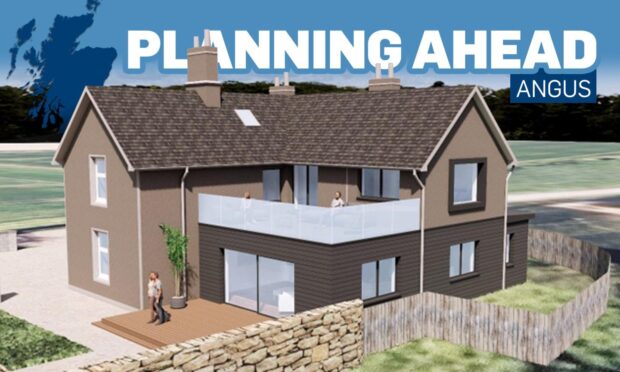“Unpopular” flats in an Angus housing estate could be replaced in a £26.5 million regeneration scheme.
The Timmergreens area in Arbroath was built in the 1960s and council flats there are “not viable” in the long term.
A council committee will hear a pot of cash is available to be a “catalyst for wider regeneration” in the west of the town.
Officers believe a lack of privacy and high score on the Scottish Index of Multiple Deprivation has created a “low demand” for at least 140 properties in its housing stock there.
The masterplan for a housing-led regeneration programme will involve the removal of these flats, and early designs indicate scope to replace these with approximately 128 new-build houses and “own door” flats of no more than two storeys.
Some £26.5m has been allocated in the council’s strategic plan for 2017-22, including £300,000 for “buyback” of former council homes.
And £7.5 million is anticipated from the Scottish Government towards the cost.
Tenants will be asked their opinions on outline regeneration for the area, if councillors agree to it on Tuesday.
Housing chief Stuart Ball’s report to the policy and resources committee states: “Although the properties meet the Scottish Housing Quality Standard and are structurally sound, they are an unpopular design.
“Families, single people, and elderly households are all housed within blocks which have a lack of defined private space and poor quality environmentals, such as shared deck access, communal refuse areas and low quality amenity open space. As such they do not meet the aspirations of new and existing customers.
“Furthermore, the properties are seen as a place of last resort and this contributes to the higher than average deprivation score on the Scottish Index of Multiple Deprivation.
“Consequently, the properties have become stigmatised which further contributes to low demand and the subsequent negative impact on resources, both financial and staff, which means that the stock is not viable in the mid to long term.”
Due to the lower occupancy “void rent loss” of these properties and maintenance rates, it costs the council 50% more to change tenants than elsewhere in the county.
